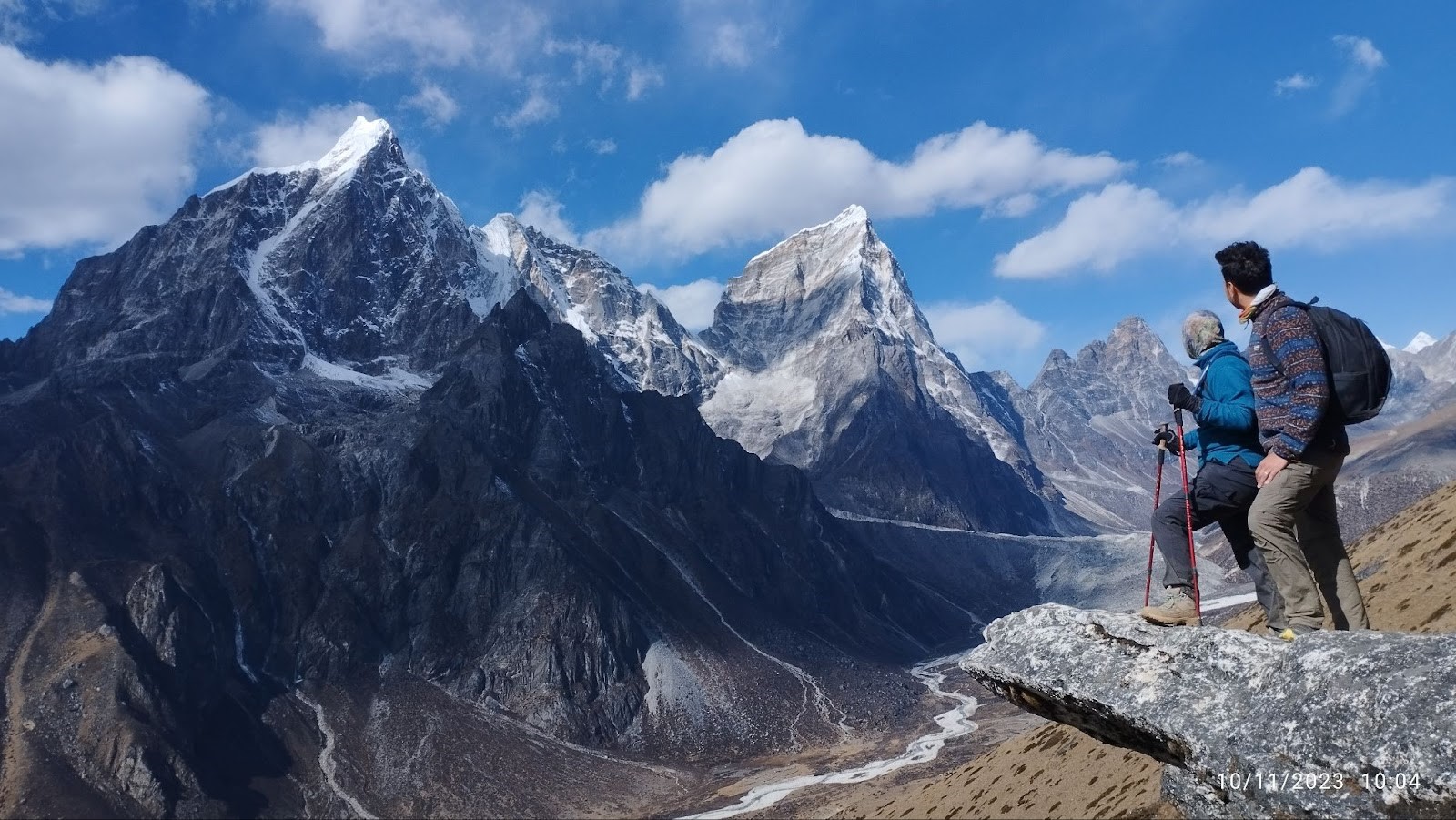“Fitness Preparation for the Everest Base Camp Trek: Training Tips and Exercises”
Introduction
Embarking on the awe-inspiring journey to Everest Base Camp demands not just wanderlust but a rigorous physical preparedness. The daunting altitude challenges and diverse terrain of this iconic trek necessitate a holistic training approach. From cardiovascular conditioning to acclimatization techniques, each step in training for the hike up to Everest Base Camp is a deliberate stride toward conquering altitude, building endurance, and embracing the spirit of adventure. In this comprehensive guide, uncover the tailored exercises, strategic training plans, and crucial insights needed to tackle this remarkable expedition and make every heartbeat at altitude an exhilarating testament to preparedness and perseverance.
Understanding the Physical Demands of EBC Trek
The Everest Base Camp Trek presents an extraordinary test of physical prowess, demanding a deep understanding of its intense altitude challenges. The body undergoes profound changes as it ascends, confronting reduced oxygen levels and the toll of high-altitude conditions. To conquer this trek, comprehending the toll it takes on the body becomes pivotal. This journey necessitates a blend of robust cardiovascular fitness, strength training to fortify muscles essential for the climb, and the mental resilience to adapt to altitude changes. Delve into the nuances of these physical demands, unlocking the keys to preparing the body for the breathtaking yet demanding landscapes of the Everest Base Camp Trek.
Physical Preparation Strategies
Preparing for the Everest Base Camp Trek encompasses a strategic amalgamation of targeted physical training strategies. Cardiovascular conditioning takes center stage, urging enthusiasts to engage in running, cycling, or other aerobic exercises to bolster endurance crucial for conquering altitude. Simultaneously, a regimen focused on strength training becomes indispensable, fortifying core muscles and legs to navigate the rugged terrains and elevation gains. These strategies pave the way for an arduous but rewarding journey, ensuring that every step towards the Everest Base Camp is backed by robust physical readiness and unwavering determination.
Specific Training for EBC Trek
Specifically tailoring your training regimen for the EBC trek is paramount for success amidst its challenging terrain and high altitudes. Prioritizing hiking and trekking practice mirrors the actual journey, gradually building endurance and familiarizing the body with elevation changes. Acclimatization techniques become pivotal, aiding in adapting to thinning air and mitigating altitude-related risks. As you simulate the demanding conditions of the trek, incorporating these specific training elements ensures a smoother transition to the actual expedition, empowering you to embrace the beauty of the journey without compromising on safety or preparedness.
Training Plan for EBC Trek
Crafting a meticulous training plan for the Everest Base Camp Trek involves a calculated balance of physical conditioning and strategic scheduling. Establishing a structured routine that combines cardio workouts, strength training, and hiking simulations helps in building endurance, strength, and familiarity with diverse terrains. Crucially, this plan integrates adequate rest periods, allowing the body to recover and adapt to the rigorous training demands. By adhering to a well-rounded training schedule, aspirants set themselves up for success, ensuring they arrive at the base camp equipped with the physical resilience and mental fortitude essential for this awe-inspiring expedition.
Accessibility of Everest Base Camp Trek
The accessibility of the Everest Base Camp Trek extends beyond seasoned climbers, embracing beginners with tailored training strategies and necessary guidance. While the trek presents challenges, it remains feasible for novices with the right preparation and support. Engaging in beginner-friendly training routines and seeking assistance from experienced guides substantially enhances the accessibility quotient, making this iconic journey attainable for adventurers at varying skill levels. The importance of preparation and mentorship amplifies the accessibility, ensuring that even those stepping into the realm of trekking for the first time can savor the thrill and beauty of the Everest Base Camp Trek.
Challenges of EBC Trek
Navigating the Everest Base Camp Trek unveils a myriad of challenges, each demanding physical resilience and mental fortitude. Elevation fluctuations present a constant battle against altitude sickness, urging trekkers to acclimate cautiously. The terrain, marked by steep ascents and rugged paths, tests endurance and agility. Weather volatility adds another layer of complexity, demanding adaptability to sudden changes. Additionally, psychological preparedness becomes crucial, as the trek involves overcoming fears and pushing personal boundaries. Embracing these challenges, trekkers discover an inner strength and determination, transcending obstacles to unveil the breathtaking vistas and unparalleled achievement that await at Everest’s base camp.
- Altitude sickness and acclimatization hurdles
- Rugged terrains and steep ascents
- Unpredictable weather conditions
- Psychological barriers and personal limitations
Success Rates and Failure Statistics
The journey to Everest Base Camp boasts both triumphs and challenges, reflected in its varied success rates and failure statistics. Factors like physical preparedness, weather conditions, and altitude-related health issues influence the likelihood of success. While the trek attracts adventurers worldwide, the failure rates highlight the complexities of conquering Everest’s heights, emphasizing the importance of meticulous preparation and resilience in the face of adversities.
- Success rates influenced by physical readiness and weather
- Failure statistics underscore the challenges and complexities of the trek
Health Risks and Precautions
Tackling the Everest Base Camp Trek brings to the forefront a spectrum of health risks tied to high altitudes. Breathing challenges due to reduced oxygen levels are common, necessitating a gradual ascent and awareness of altitude sickness symptoms. Acquainting oneself with preventive measures and recognizing warning signs becomes paramount in averting potential health hazards. Diamox stands as a notable medication to aid acclimatization, yet its usage requires careful consideration alongside other recommended medications, ensuring a balance between altitude adaptation and health preservation throughout the journey.
- Altitude-related breathing difficulties demand caution and awareness
- Diamox and other medications aid in acclimatization and altitude adaptation
Conclusion
Embarking on the Everest Base Camp Trek transcends a mere journey.it’s a testament to physical endurance, mental resilience, and unwavering determination. With a holistic training approach encompassing cardiovascular conditioning, strength training, experienced team, and acclimatization techniques, aspirants equip themselves to conquer the altitude challenges and diverse terrains. This expedition beckons adventurers, whether seasoned climbers or novices, to embrace the thrill while respecting the risks. Armed with meticulous preparation and guidance, every step towards Everest’s base camp becomes a triumph, echoing the resounding spirit of human endeavor amidst nature’s grandeur.


